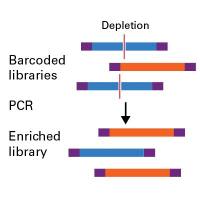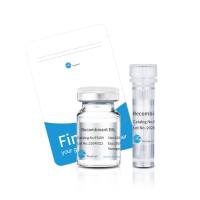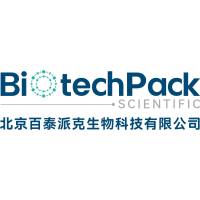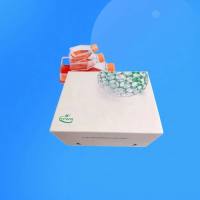E.Z.N.A.® HP Total RNA Kit Spin Protocol Eukaryotic Cells and Tissues
互联网
实验原理
实验试剂
3. Sterile RNase-free pipette tips and microcentrifuge tubes
实验步骤
2. Homogenize the lysate according to step 1) or 2).
1) Homogenize the lysate for 30 seconds using a rotor-stator homogenizer . Proceed to step 3.
2. Centrifuge at maxi speed (>14,000 x g) for 5 min at room temperature.
7. DNase I digestion (Optional)
1) For each HiBind® RNA column, prepare the DNase I digestion reaction mix as follows:
OBI DNase I Digestion Buffer 73.5 ul
RNase-free DNase I (20 Kunitz unites/ul) 1.5 ul
b. OBI DNase I digestion buffer is supplied with OBI RNase-free DNase set.
c. Standard DNase buffers are not compatible with on-membrane DNase digestion.









